NYC Sidewalk Accident Lawyer
The sidewalks of New York City are far too frequently poorly maintained. NYC has approximately 12,750 miles of sidewalks, and some are certainly better maintained than others. Broken or uneven sidewalks pose a significant risk of injury. Many of us have tripped and stumbled on broken sidewalks and have not sustained serious injury. However, broken or uneven sidewalks can cause very real and serious injuries with unfortunate lasting consequences.
In 2003 the responsibility to maintain sidewalks was effectively shifted from the City of New York to the abutting landowner pursuant to §7-210 of the Administrative Code of the City of New York. There is a specific exemption of responsibility to one, two or three family dwellings that are owner occupied and not used for anything other than residential purpose. In such a situation the responsibility remains with the City of New York.
For buildings not owner occupied or used in whole or part for commercial use, the abutting building owner has the following statutory requirement:
“Failure to maintain such sidewalk in a reasonably safe condition shall include, but not be limited to, the negligent failure to install, construct, reconstruct, repave, repair or replace defective sidewalk flags and the negligent failure to remove snow, ice, dirt or other material from the sidewalk.” 7-210 B.
WHAT TO DO AFTER A SIDEWALK ACCIDENT
Call for emergency help if necessary. Try and obtain any contact information from any witnesses. Give an accurate version of the accident to the medical providers without too much detail, as too much detail can often be misconstrued in a medical record. The medical record history is an important portion of a medical document that if accurate serves to corroborate the happening of the accident.
Once your injury has been stabilized, reach out for legal representation. It is important that your lawyer has the opportunity to conduct a timely investigation of the location of the accident before anything changes. When you are physically able to visit the site, it is important that we secure photos of you pointing to the defective condition that caused your accident.
REQUIREMENTS OF PROOF IN DEFECTIVE SIDEWALK CASES:
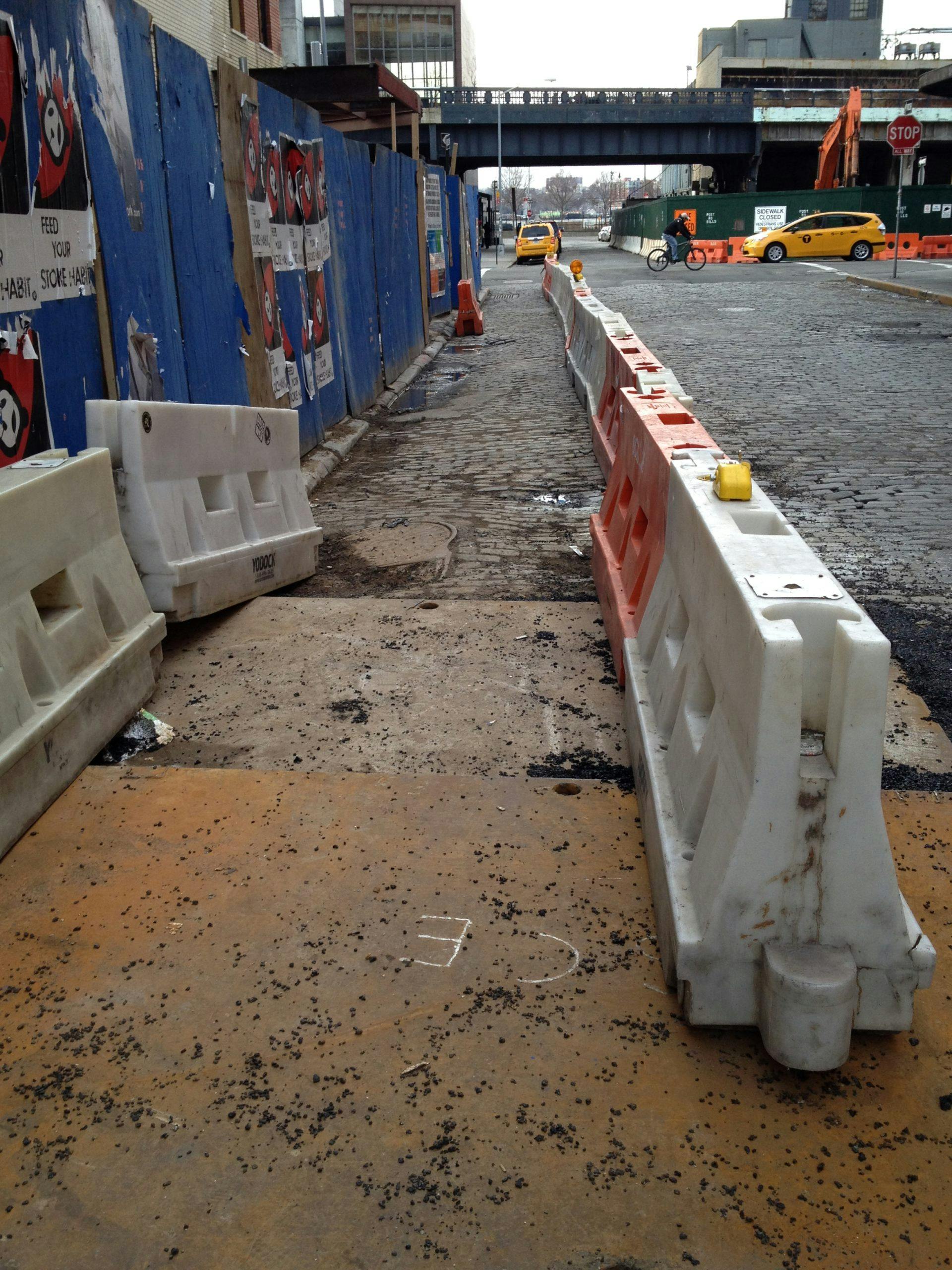
In defective sidewalk cases, we must prove that there was an unreasonably dangerous condition that was a cause of your accident. One important element is what is called legal notice. Legal notice arises from the basic principle that a defendant can only be found at fault for a condition unless either they actually knew of the condition (actual notice) or the condition was in existence for more than a reasonable period of time that in the exercise of reasonable care they should have known of the condition (constructive notice).
The legal notice requirement can be a central aspect of potential dispute in a sidewalk related accident. For this reason, timely investigation of the sidewalk area of the accident so that an expert may be retained that can speak to the length of time that a defect was likely in existence before the actual accident. We have also been successful in using the Google Street View and accessing the timeline photos to establish the length of time the condition was in existence before the accident. For the most part structural sidewalk condition proving constructive notice is usually not too difficult. However, when it comes to transitory conditions, such as garbage, debris, or other conditions which are subject to immediate change, this legal requirement can be difficult to prove.
TYPES OF DEFECTIVE SIDEWALK CONDITIONS:
In New York City there are many types of defective sidewalk conditions that can cause serious injury. Raised or sunken flagstones, broken sections of sidewalk, holes in the sidewalk, curbs that are uneven with the sidewalk; tree roots that have expanded underneath and have created a tripping hazard on the sidewalk. There are also embedded hardware defects, such as cellar doors, manhole covers, sidewalk gratings, oil delivery caps, gas valve cover caps, Consolidated Edison electrical vault gratings, as well as other sidewalk gratings and covers that may not be flush or have large gaps.
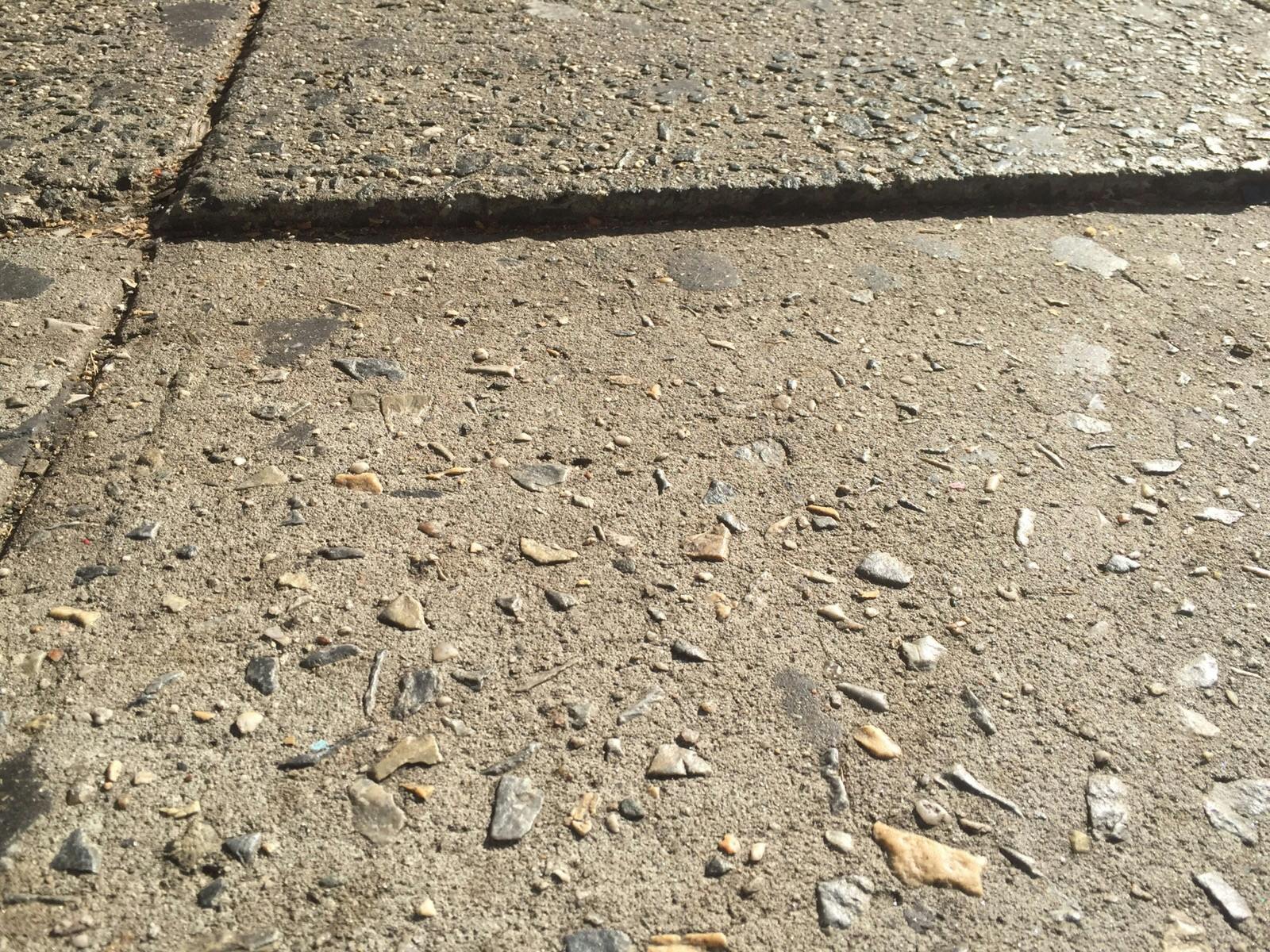
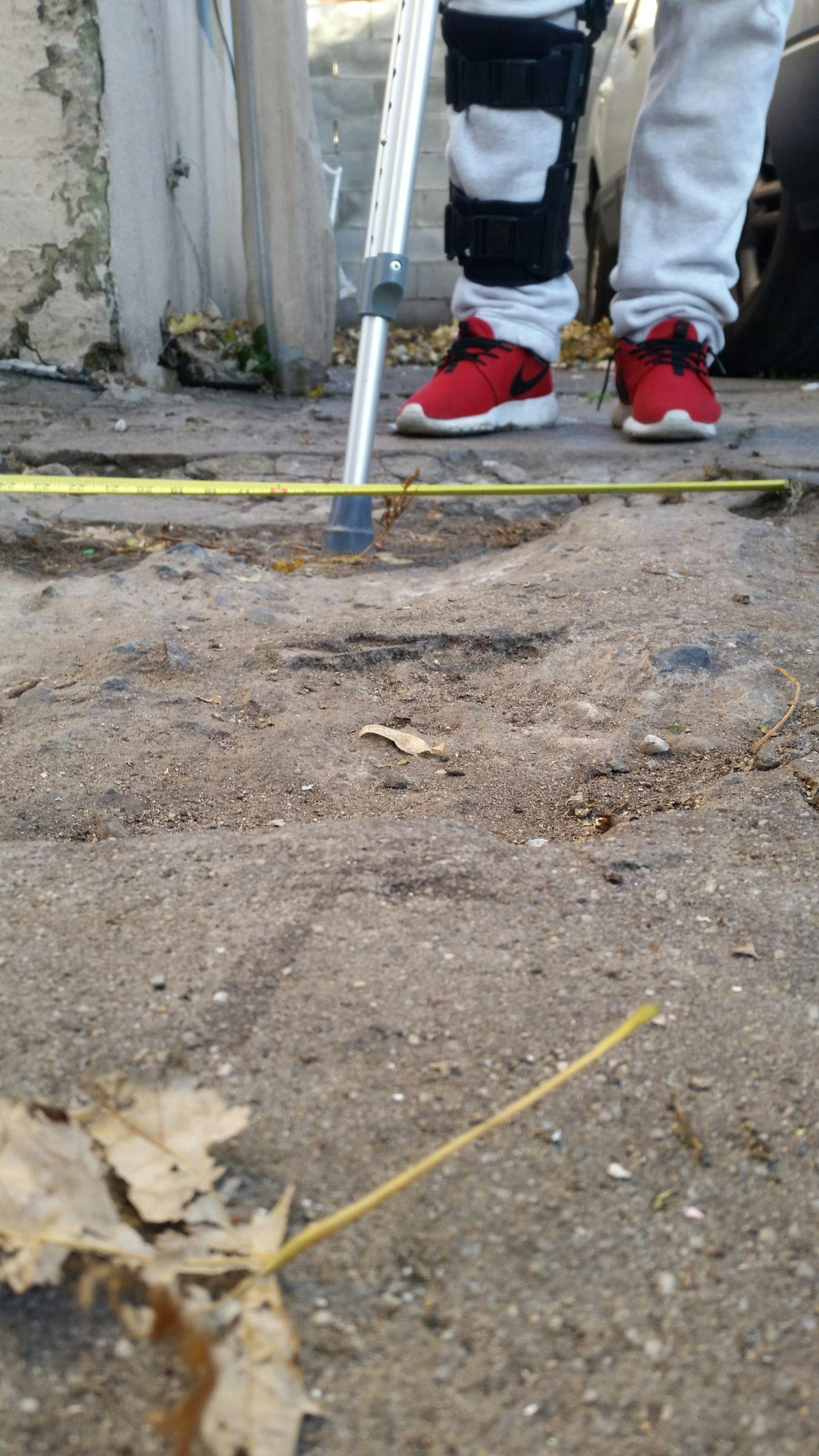
COMPARATIVE FAULT:
New York State recognizes pure comparative fault. In other words the degree of fault can be allocated between the parties based upon a percentage finding that must add up to 100 percent.
A pedestrian in a defective sidewalk case is responsible to take reasonable precautions. The fact that a visible sidewalk defect could be seen does not necessarily mean that the pedestrian was negligent. The failure to observe the defect, however, could be considered in determining the pedestrian’s comparative negligence.
It is the burden of proof of the defendant to prove comparative fault on the part of the pedestrian.
Recorded statements provided to an insurance company or an investigator from the insurance company can often provide a means of proof for the defendant to prove comparative fault.
It is therefore strongly recommended that you do not provide any recorded or written statements, until you first speak to qualified counsel.
CASES AGAINST THE CITY OF NEW YORK:
In cases where the abutting owner exemption applies, the City of New York is responsible to maintain the sidewalk. However, in claims against the City of New York, it is required that we prove that the City received prior written notice at least fifteen (15) days before the subject occurrence. Freedom of Information Law requests can be made to the Department of Transportation to check for prior written notice. The prior written notice requirement is often hard to meet. In order to obtain a comprehensive response, it is important that the requests for prior written notice be properly framed, and for this reason is something that should be left to qualified counsel.
Lastly, with respect to possible City of New York responsibility, it is important to note that there is a Notice of Claim requirement, wherein the initial claim must be filed within ninety (90) days from the date of occurrence in order to preserve your right to later sue. The lawsuit itself must be filed within a year and ninety days as opposed to three years which governs any case against a private entity.
DEFECTIVE HARDWARE EMBEDDED INTO THE SIDEWALK AND STREETS:
The City of New York sidewalks and streets have numerous grates, cellar doors, manhole covers, gas caps and other objects embedded in the sidewalk and streets.
These structures are often not properly maintained and do cause injury to pedestrians who are caused to trip and fall due to their unsafe condition.
Section 2-07(B)(1) of the Rules and Regulations of the City of New York requires that owners of covers and gratings monitor their condition and the area extending twelve inches outward from the perimeter of the cover or grating. The provision also requires the owner to repair any defective condition of the cover or grating and the defective sidewalk/street area extending twelve inches surrounding.
The provision also requires that the hardware be flush with the sidewalk/roadway. Hardware that extends greater than ½ inch above or below the street surface requires replacement.
Section 2-07 creates a basis for liability to the extent that a pedestrian is injured in a trip and fall related accident due to improperly maintained hardware.
There is also a basis for liability upon the party that derives a special use from the embedded hardware that is not properly maintained. This includes gas caps that provide a means of gas delivery, cellar doors that provide a means of access. Under these circumstances, the entity that derives the special use may be liable for the defective condition even if the hardware is not owned by the party that derives the “special use.”

Gas pipe not flush
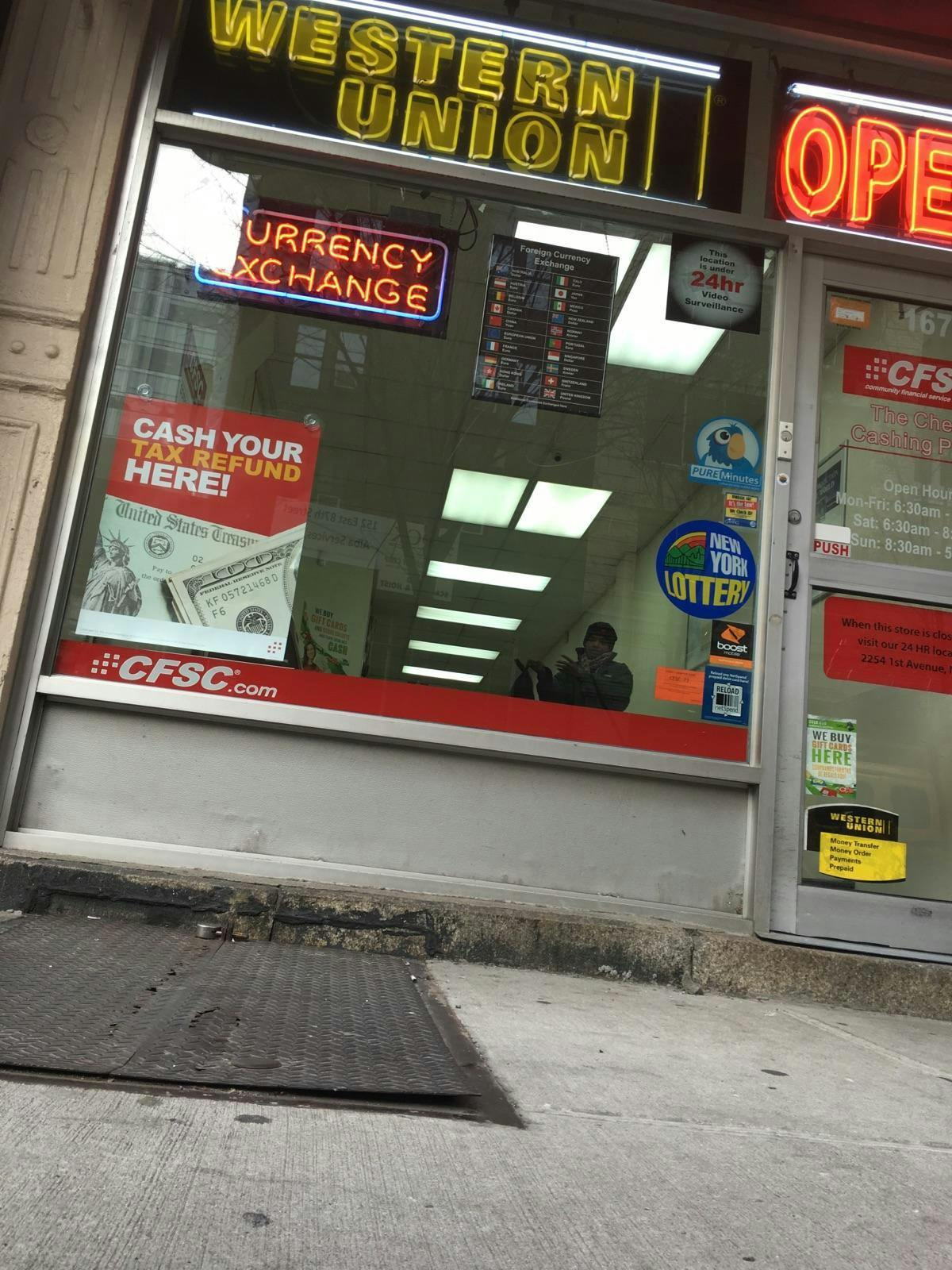
Raised cellar door
CASES OF INTEREST:
Torres v. 502/12 86th St., LLC, 2021 NY Slip Op 04730 (2nd Dept. 2021)
Plaintiff tripped and fell on a defective sidewalk abutting the defendant’s property. Section 7-210 of the Administrative Code of the City of New York imposes liability on the abutting property owners. In this case the abutting property owner moved to dismiss the case claiming that the plaintiff’s accident was caused by an area surrounding a metal box cover owned by a Utility Company. Rules of the City of New York Department of Transportation (34 RCNY) Section 2-07(b) require that the owner of the hardware monitor the conditions of the covers and gratings and the area extending 12 inches outward from the perimeter of the hardware, and to make sure that the sidewalk is flush. Here in this case the court did not pass on this issue as they found that the defendant failed to make a prima facie showing that the plaintiff fell within the 12 inches surrounding the metal box.
Mercedes De La Cruz v. 473 West 158th Street Corp, 2021 NY Slip Op 31844(U) (New York County Supreme) (2020)
The defendant moved to dismiss the case based upon a claim of a “trivial defect” in so far as the condition complained of was a crack in the sidewalk with no appreciable measurements provided by the plaintiff. The court recognized that there is no “minimal dimension test” or any rule that the defect must be of a certain minimum height or depth in order to be actionable. This determination is generally a factual question for a jury. However, the did recognize that a condition may be deemed trivial as a matter of law, but this requires a holding of triviality to be based upon all of the specific facts and circumstances and not just size alone.
Hua Xia v. 13602 Roosevelt Avenue, LLC, 2021 NY Slip Op 31684(U) (New York County Supreme) (2021)
Plaintiff tripped and fell next to a metal plate embedded in the sidewalk. The defendants moved early in the case for summary judgment setting forth all the required foundational components for their motion thereby making a prima facie showing that the accident is alleged to have occurred within 12 inches surrounding the sidewalk hardware and also proving that they did not own the metal hardware. Despite the fact that Section 7-210 of the Administrative Code imposes the obligation to maintain the sidewalk upon the abutting property owner, Section 34 RCNY 2-07(b) imposes the obligation to maintain the special use upon the owner of the cover. The case was therefore dismissed.
Ramos v. Hinde Dev. Corp. LLC, 2021 NY Slip Op 50363(U) (Bronx County Supreme) (2021)
Plaintiff tripped and fell on even cellar doors that were embedded into the sidewalk. Section 19-152(a)(6) defines hardware defects which shall mean (i) hardware or other appurtenances not flush within 1/2″ of the sidewalk surface or (ii) cellar doors that deflect greater than one inch when walked on, are not skid resistant or are otherwise in a dangerous or unsafe condition. The owner of the property had the non-non-delegable obligation to comply and any lease provision with the owner’s tenant did not extend liability to the plaintiff with respect to the lessee of the property.
Theard v. G. Fazio Construction Co., Inc., 192 A.D.3d 942 (2nd Dept. 2021)
The decedent plaintiff sustained injuries after tripping and falling on a sidewalk abutting the St. Mary Magdalene Parish Church in Brooklyn. The administrator of the estate filed an action to recover for pain and suffering and wrongful death. The plaintiff was unable to identify the cause of the accident without speculation. “Although proximate cause can be established in the absence of direct evidence of causation [and]… may be inferred from the facts and circumstances underlying the injury, [m]ere speculation as to the cause of a fall, where there can be many causes, is fatal to a cause of action”.
Rivera v. City of New York, 192 A.D.3d 932 (2nd Dept. 2021)
Plaintiff tripped and fell on a cracked and uneven sidewalk in front of a private property. Before the accident the City of New York engaged a contractor to dig a tree pit in the sidewalk.
Section 7-210 “does not shift tort liability for injuries proximately caused by the City’s affirmative acts of negligence” and a contractor may be held liable for the affirmative creation of a dangerous condition on a public sidewalk. On this motion for summary judgment the court found that there is a question of fact for the jury.
Marks v. 79th St. Tenants Corp., 191 A.D.3d 436 (1st Dept. 2021)
Even though the defendants were able to set forth a prima facie showing that the sidewalk defect that caused plaintiff to trip and fall was trivial and not actionable, the plaintiff was able to demonstrate an issue of fact. The defendant’s expert measured the defect to be 7/16ths of an inch. The plaintiff in opposition demonstrated that the height differential was not the only thing that contributed to the accident. The plaintiff claimed that lighting conditions were impaired by the scaffolding covering the sidewalk and the expansion joint was not flush thereby contributing to the difference in height.
Martinez v. The City of New York, 190 A.D.3d 561 (1st Dept. 2021)
The New York City Housing Authority claimed that the plaintiff was unable to pinpoint on photographs the location of her fall on an uneven sidewalk. The plaintiff however did not speculate on the cause of her fall as she identified it to be a sidewalk defect abutting the defendant premises. Furthermore, any inconsistencies in her testimony as to the cause of her fall is a credibility issue for a jury determination.
Trinidad v. Catsimatidis, 190 A.D.3d 444 (1st Dept. 2021)
A defendant seeking dismissal of a complaint on the basis that the defect is “trivial” must make a prima facie showing that the defect is physically insignificant and the surrounding circumstances do not increase the risk that it poses. In this case the defendant failed to make a prima facie showing that the defendant did not prove that the defect was under one half an inch. NY Section 19-152 requires remediation of a defect one half an inch or greater.
Wittman v. Nespola, 190 A.D.3d 1012 (2nd Dept. 2021)
Plaintiff allegedly tripped and fell on the sidewalk due to a twig. The sidewalk abutted the defendant’s multifamily property in Brooklyn. In a motion for summary judgment the defendant has the burden of establishing that it neither created the condition or had constructive notice of the condition. In this case the defendant failed to meet the required initial burden and therefore the trial court should have denied the motion regardless of the plaintiff’s position.
Conners v. LMAC MGT. LLC, 189 A.D.3d 2071 (4th Dept 2020)
Plaintiff’s trip and fall on a sidewalk case was dismissed based upon plaintiff’s inability to identify what caused her to fall. Plaintiff testified that when she exited the building she felt her foot become stuck on something. She could not recall which foot got stuck. She could not testify as to exactly where she fell but felt that she fell due to a “crevice or a knob or something there”. Plaintiff’s expert opinion was also rejected as the condition identified by the expert must not rely upon speculation as to the cause of the accident. This case stands for the very fundamental proposition that you must know with a degree of certainty what condition caused one to fall to be able to maintain a lawsuit.
Osipova v. London, 186 A.D.3d 1528 (2nd Dept. 2020)
Plaintiff tripped and fell on a hazardous condition on the public sidewalk abutting the defendant’s property. Under Section 7-210 of the Administrative Code of the City of New York, the tort liability is shifted to the abutting owners, except one, two or three family residences that are owner occupied and used exclusively for residential purposes. The defendants established a prima facie showing that the building was a two family owner occupied and thereby excepted from the duty. Under the common law the abutting owner could be found liable for a sidewalk condition if the plaintiff could prove that they created the condition, or that they made a special use of the particular area which caused the accident. Here the defendant also made a prima facie showing that neither common law principles applied and the case was dismissed.
Polamino v. Paradise Pac. Enters. Corp., 189 A.D.3d 449 (1st Dept. 2020)
Plaintiff tripped and fell on a piece of plastic on the sidewalk. The plaintiff testified that he had walked by the area 20 minutes before his accident and did not see anything and did not know how long it was there before his accident. The plaintiff failed to raise a triable question of fact as to how long it was on the sidewalk and therefore the case was dismissed. This case stands for the established requirement of being able to prove actual or constructive notice of a defective condition.
Hayward v. Zoria Hous., LLC, 187 A.D.3d 997 (2nd Dept. 2020)
Plaintiff had tripped on a piece of wood known as a mud sill located under the pole that supports a sidewalk scaffold (shed). Defendants moved to dismiss stating that the condition was an open and obvious condition and not unreasonably dangerous. The court found that the defendant met their prima facie showing, and the burden shifted to the plaintiff who rebutted that the lighting condition was poor and therefore a question of fact was established as to whether the condition was open and obvious.
Brown v. New York City Dept. of Transp., 187 A.D.3d 535 (1st Dept. 2020)
Plaintiff tripped and fell due to a missing gap in the curb next to a tree well within the sidewalk. The non-delegable duty to maintain and repair a sidewalk imposed by Section 7-210 of the New York City Administrative Code does not include the curb. Furthermore, Section 7-210 does not impose civil liability on property owners for injuries that occur in city owned tree wells. The case was therefore dismissed against the abutting property owner.
Malloy v. Montefiore Medical Center, 183 A.D.3d 811 (2nd Dept. 2020)
Plaintiff tripped and fell on a broken curb near the entrance to the defendant’s emergency room. The trial court had dismissed the case based upon lack of notice. The appellate division reversed as the defendant failed to make a prima facie showing of when the area was last inspected thereby establishing that they did not have notice through reasonable inspection of the area. Due to the fact that the defendant failed to meet their initial burden on the summary judgment motion, the motion itself should have been denied.
Iskhakbayev v. Casol Realty, LLC, 183 A.D.3d 706 (2nd Dept. 2020)
Plaintiff tripped and fell on an unguarded snow covered tree well, where the tree had been previously removed. The snow had covered the height difference between the sidewalk itself and the tree well next to it. The abutting property owner moved to dismiss the case and the court granted the motion as Section 7-210 Administrative Code of the City of New York does not impose liability upon the abutting landowner for a condition of a New York City tree well.
O’Connor v. Tishman Construction Corp., 182 A.D.3d 502 (1st Dept. 2020)
Plaintiff tripped and fell and fractured her knee after tripping on a mound of concrete with a piece of metal in it. This turned out to be remnants of a street sign that used to be in place. The court found that the City failed to meet their burden of proof in establishing that they did not cause and create the condition and the contractor also failed to meet their burden of proof by way of an affidavit of someone with knowledge that they did not cause and create the condition. Furthermore, the abutting property owners had a non-delegable duty to maintain the sidewalk area in a safe condition, including the area around the street sign.
Pabon v. 940 Southern Blvd., LLC, 181 A.D.3d 547 (1st Dept. 2020)
Appellate Division reversed the trial court’s award of summary judgment to the plaintiff on a trip and fall accident. Plaintiff’s account of the accident was uncorroborated by any witnesses and he did not seek medical treatment until weeks after his fall. The defendants therefore should have the opportunity to have the plaintiff’s testimony subject to cross examination and have his credibility be determined by the trier of fact.
Mallen v. DeKalb Corp., 181 A.D.3d 669 (2nd Dept. 2020)
Plaintiff tripped and fell on a sidewalk abutting defendant’s premises. In a trip and fall case the defendant can establish prima facie entitlement to judgment as a matter of law if the plaintiff cannot identify the cause of his or her fall. Where it is just as likely that some other factor such as a misstep or loss of balance could have caused the fall, a determination by the trier of fact on the necessary issue of causation would be sheer speculation. Plaintiff testified that on the date of her accident she did not see what caused her to fall. She did testify that 3 weeks after the accident she observed the broken cracked section of sidewalk, but on the date of the accident she did not look to see what caused her to fall. Case dismissed.
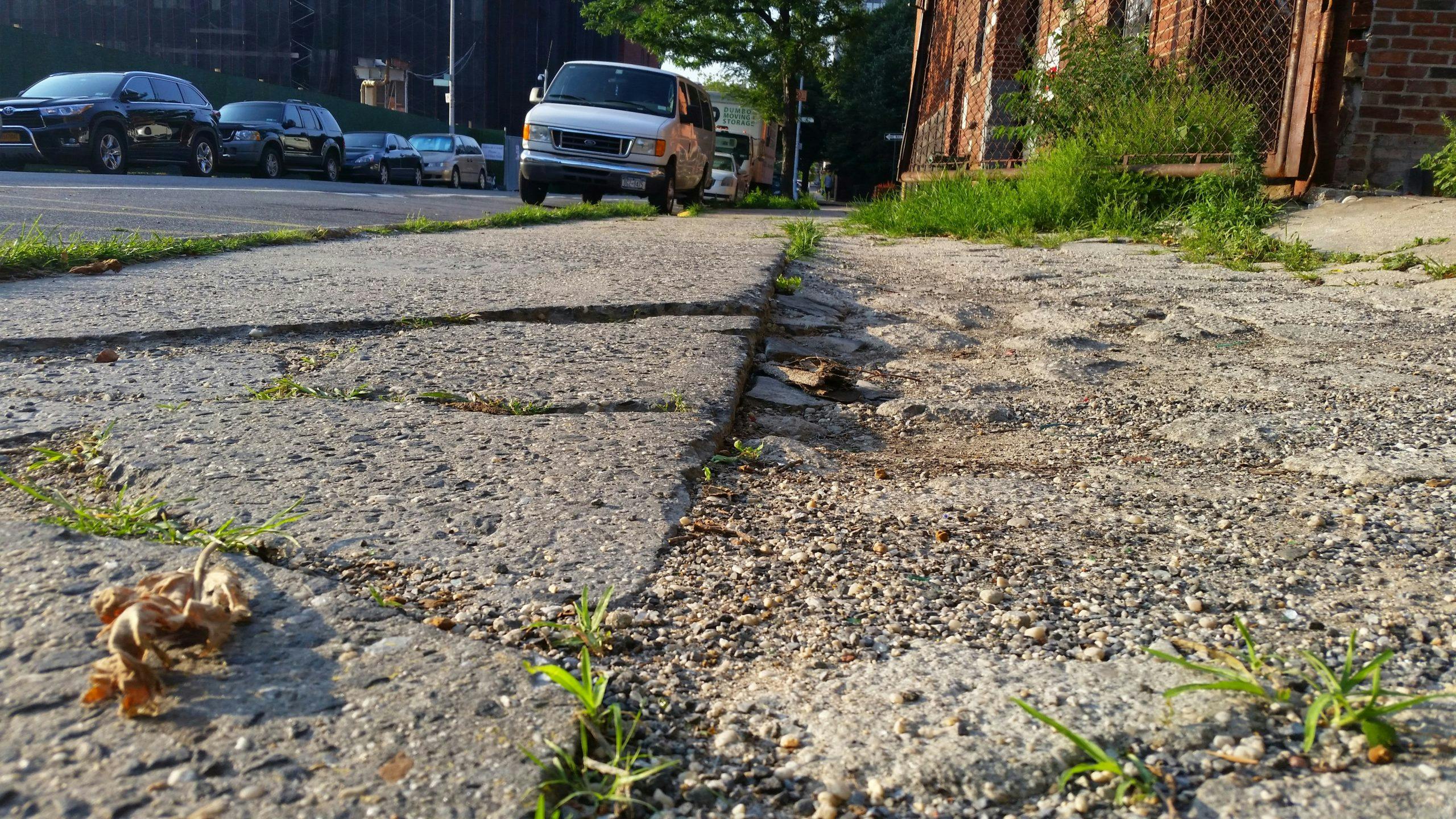
Gogu v. Gap, Inc., 180 A.D.3d 439 (1st Dept. 2020)
Plaintiff tripped and fell on a sidewalk defect abutting the defendant’s property while the plaintiff was attempting to avoid an oncoming vehicle which mounted the sidewalk driven by the co-defendant. The abutting property owner was unable to prove that the defendant vehicle operator was the sole proximate cause as the police report confirmed that others were able to avoid the vehicle.
McCabe v. Avalon Bay Communities, Inc., 177 A.D.3d 487 (1st Dept. 2019)
Plaintiff tripped and fell on a raised sidewalk flag abutting defendant’s property. The defendant moved for summary judgement claiming that the defect was trivial supported by their expert’s affidavit that showed that the raised sidewalk flag was 7/16 to 13/16 of an inch. The trial court granted the motion. The appellate division reversed, based upon the evidence submitted by the plaintiff establishing that paint marks were made on the sidewalk showing where needed work was to be done recognized by the defendant.
Ippolito v. Consolidated Edison of N.Y., Inc., 177 A.D.3d 715 (2nd Dept. 2019)
Plaintiff tripped and fell on a two inch height differential between adjacent sidewalk flags one of which was owned by the defendant. Plaintiff’s case went to a jury verdict with an award of $412,500.00. Plaintiff’s case was based upon their expert opinion that the improper manhole installation was the cause of the height differential in that the manhole cover sank over time due to the improper compaction and backfilling at the time of installation. The Appellate Division rejected the expert opinion in that it was supported by speculation as the expert did not know when the manhole was installed, the weight of the manhole or the dimensions of the manhole. The court dismissed the case.
SIDEWALK ACCIDENT LAWYER NYC
If you or someone you know has been injured in New York City as a pedestrian as a result of the defective sidewalk condition, selecting the right law firm can make a big difference in the outcome of your case. Our firm has successfully handled several sidewalk related accident cases and we will do everything we can to get you the best recovery possible. Please contact our office for a free no obligation consultation.
CALL (212) 840-7000
What is My Sidewalk Accident Case Worth?
Contact The Law Office of Joel J. Turney, LLC today and find out what your case is worth. Call (212) 840-7000 or submit this form for a FREE case evaluation.

